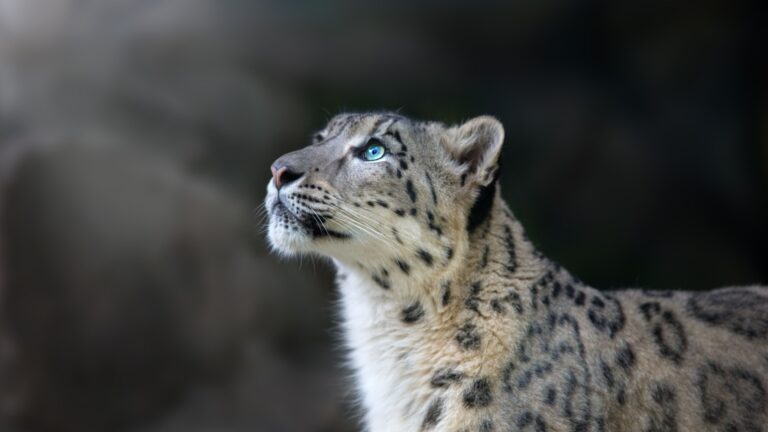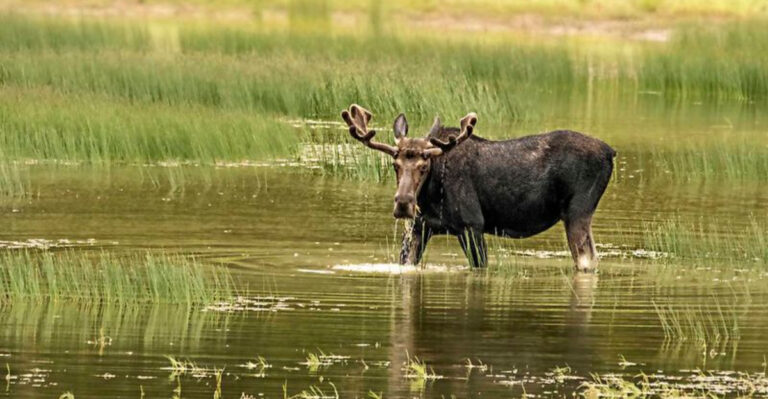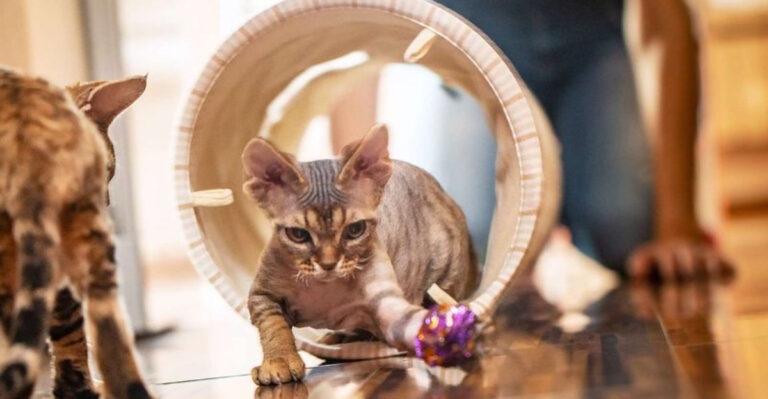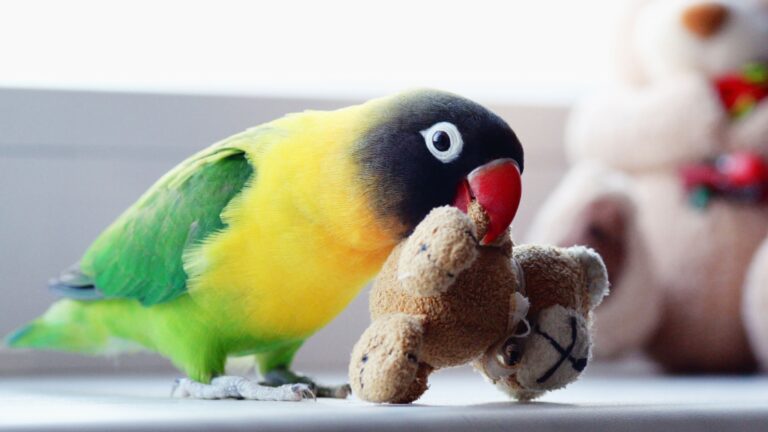A Rare Endangered Bongo Calf Was Born At Houston Zoo, And It’s Adorable
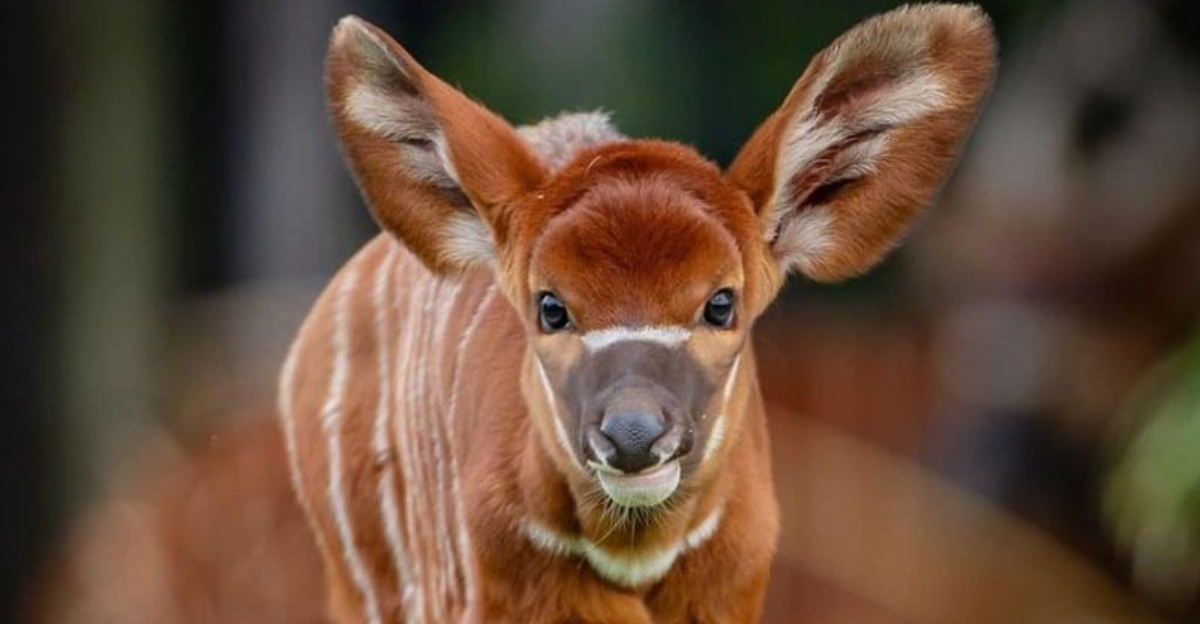
The Houston Zoo just welcomed an incredibly rare addition to their family: a baby eastern bongo! These beautiful antelopes, with their vibrant reddish-brown coats and striking white stripes, are critically endangered in the wild.
With fewer than 100 eastern bongos remaining in their native Kenya, this adorable newborn represents a precious glimmer of hope for the survival of its species.
1. A Rare Arrival In Houston
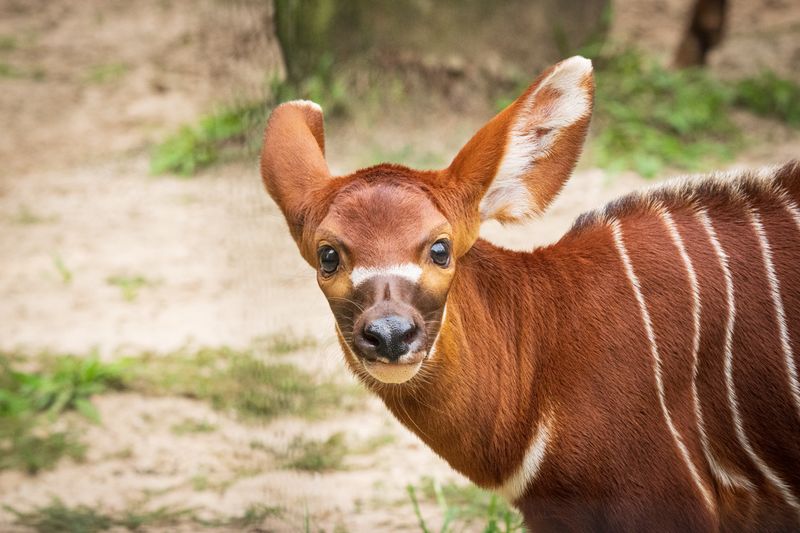
The Houston Zoo’s newest star has arrived! Staff members were overjoyed when the female bongo gave birth to a healthy calf after a nine-month pregnancy.
Visitors can now catch glimpses of the baby exploring its habitat with cautious curiosity. The calf’s bright coat stands out against the exhibit’s greenery, making it easy to spot despite its natural camouflage abilities.
2. Fewer Than 100 Remain In The Wild
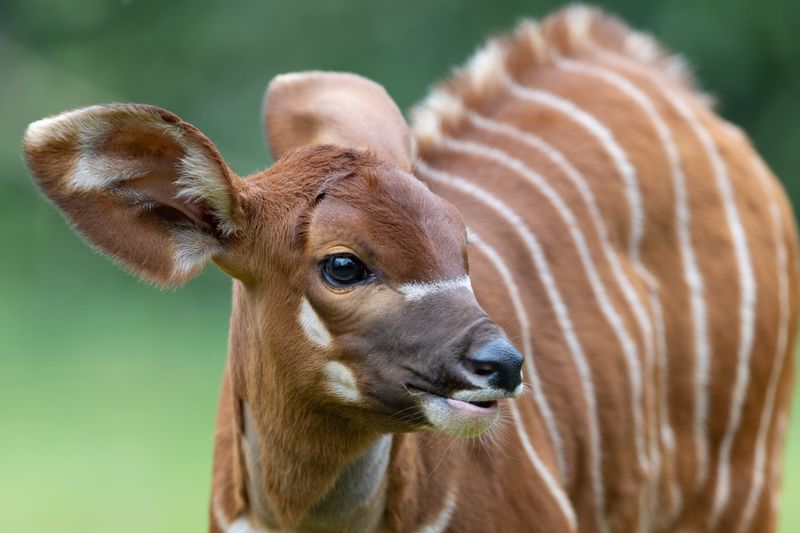
Conservation experts track the alarming decline of eastern bongos with growing concern. Their population has plummeted so dramatically that fewer than 100 individuals survive in their natural habitat.
This makes the Houston Zoo’s new arrival not just cute, but critically important. Every successful birth in captivity helps maintain genetic diversity and could eventually contribute to reintroduction programs aimed at saving this magnificent species.
3. Native To The Mountain Forests Of Kenya
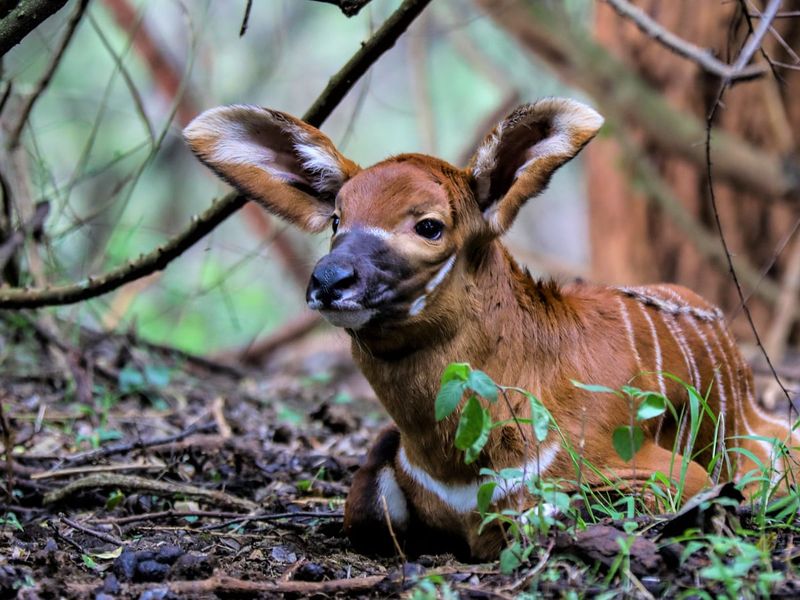
Mist-shrouded mountain slopes in Kenya once teemed with these spiral-horned antelopes. Eastern bongos evolved specifically for life in these high-altitude forests, developing their distinctive coloration as perfect camouflage among dappled sunlight and shadows.
Today, they’re found in just a handful of isolated forest fragments. Their restricted range makes them particularly vulnerable to habitat changes and human encroachment.
4. Critically Endangered Due To Habitat Loss
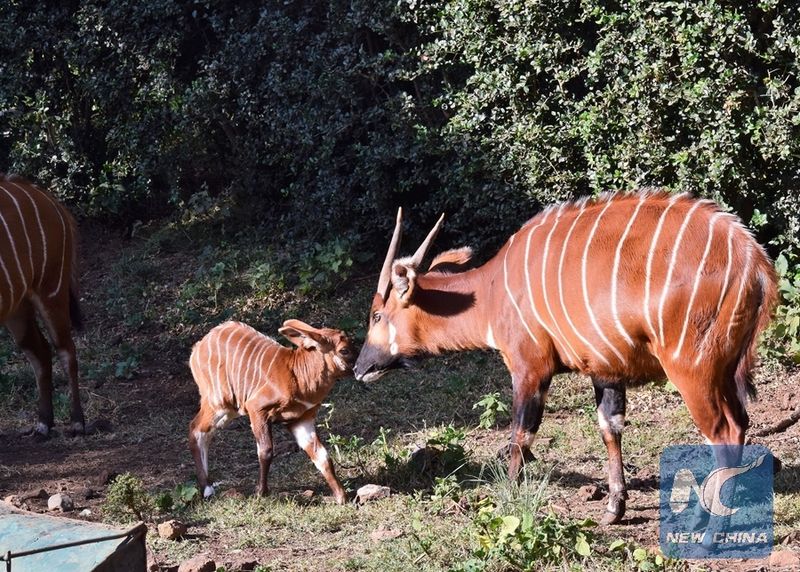
Chainsaws and bulldozers have transformed vast stretches of Kenya’s mountain forests into farmland and settlements. This relentless deforestation has shattered the bongo’s home into disconnected fragments.
Isolated bongo populations now struggle to find mates and sufficient food. Climate change further threatens remaining forest patches, intensifying the pressure on these remarkable animals whose survival hangs by an increasingly fragile thread.
5. Poaching Still A Serious Threat
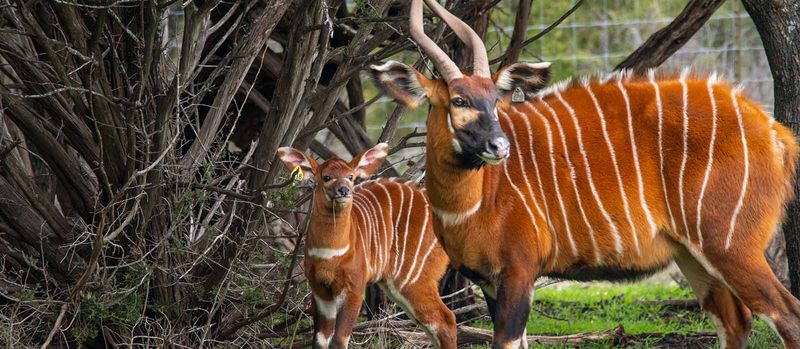
Hunters prize bongos for their magnificent spiral horns and flavorful meat. Even with legal protections in place, illegal poaching continues to decimate wild populations.
Snares set for other animals often catch bongos unintentionally. Conservation rangers work tirelessly to patrol protected areas, but limited resources make enforcement challenging across the bongo’s remote mountain habitat.
6. Captive Breeding Offers Hope
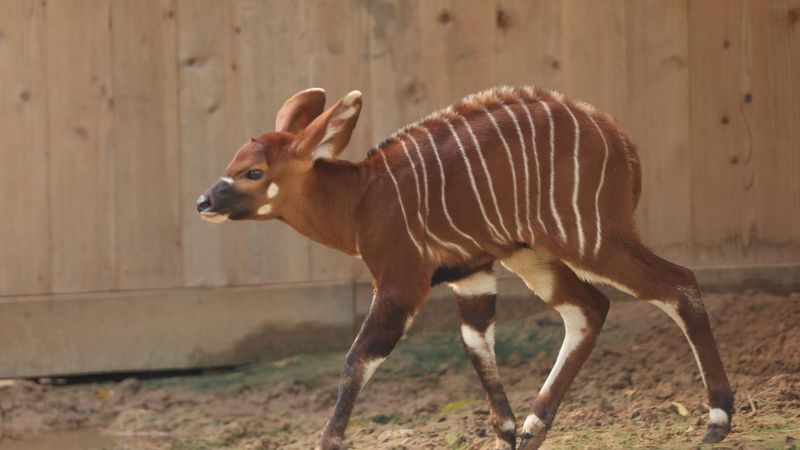
Zoos worldwide collaborate through sophisticated breeding programs designed to preserve genetic diversity. Each new calf represents careful planning to avoid inbreeding and maintain healthy bloodlines.
The Houston Zoo participates in the Species Survival Plan, sharing information and occasionally transferring animals between facilities. This global network creates a safety net for bongos while scientists work to secure their future in the wild.
7. Born With Stripes That Help Them Hide
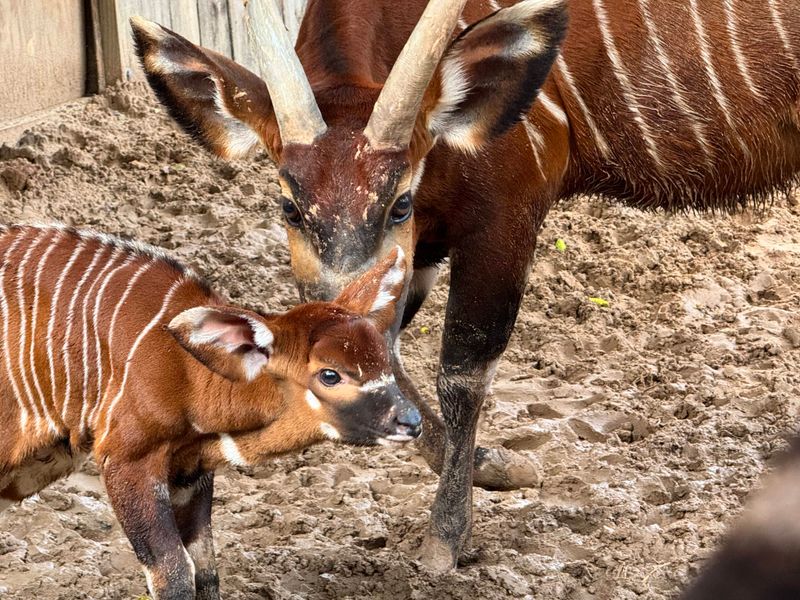
Nature equipped bongo calves with brilliant white stripes against their reddish coat for survival. This striking pattern breaks up their outline in the dappled forest light, making them nearly invisible to predators like leopards.
The Houston Zoo’s newborn demonstrates this remarkable adaptation. When standing still among vegetation, the calf seems to disappear despite its vibrant coloring. This natural camouflage has helped bongos survive for thousands of years.
8. Bongo Calves Are Surprisingly Independent
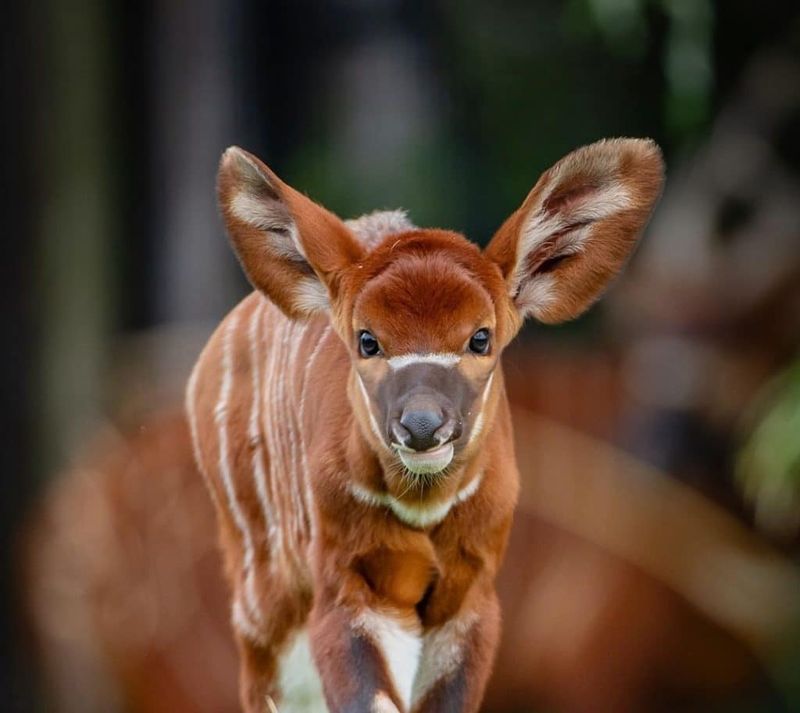
Unlike human babies, bongo calves hit developmental milestones at lightning speed. Zoo staff watched in amazement as the newborn stood on wobbly legs within 20 minutes of birth.
Within hours, the calf was exploring its surroundings while staying close to mom. This remarkable independence is a survival adaptation from the wild, where vulnerable newborns must quickly develop mobility to escape predators.
9. A Key Player In Forest Health
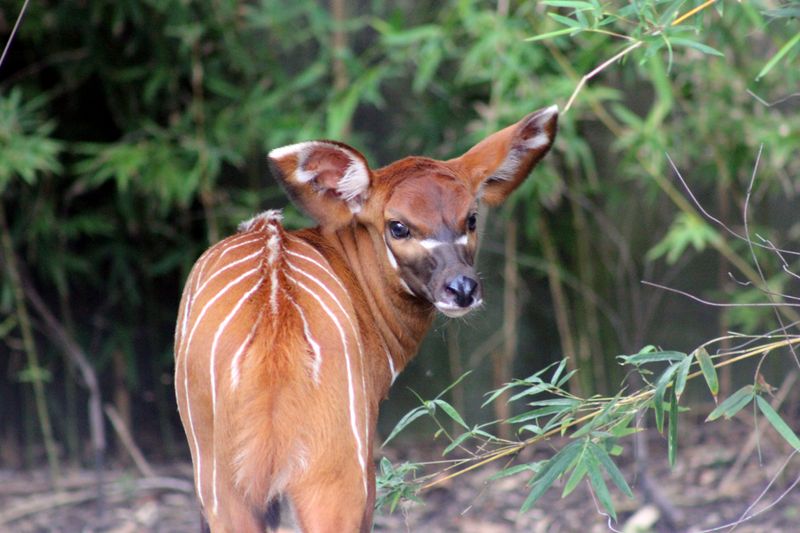
Bongos serve as natural gardeners of the forest ecosystem. As they browse on leaves and twigs, they shape plant growth and create openings for sunlight to reach the forest floor.
Seeds pass through their digestive system and get deposited with natural fertilizer. The Houston Zoo’s conservation team emphasizes this ecological role, explaining how protecting bongos helps preserve entire forest communities and the countless species that depend on them.
10. Zoos Educate The Public About Their Plight
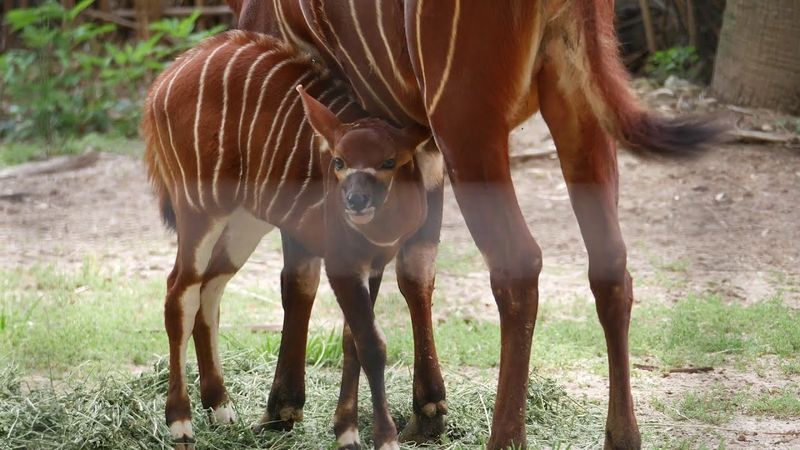
Houston Zoo visitors gather around the bongo exhibit, listening intently as a keeper explains the species’ precarious situation. These educational moments transform casual zoo trips into conservation awareness opportunities.
Interactive displays near the habitat highlight threats facing wild bongos. By connecting emotionally with the adorable calf, visitors often leave with a newfound commitment to protecting endangered species through donations or lifestyle changes.
11. Reintroduction Efforts Are Underway
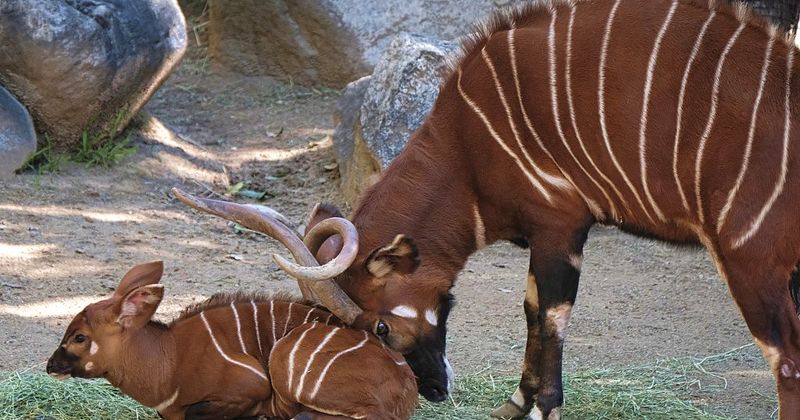
Conservation organizations have identified protected areas in Kenya where bongos might thrive again. Several zoo-born bongos have already been transferred to specialized facilities in Africa to prepare them for potential release.
These animals must learn to find natural foods and recognize predators. While challenging, successful reintroductions could eventually restore wild populations. The Houston calf might someday contribute to this ambitious effort to rewild Kenya’s forests.
12. Every Calf Counts Toward Survival
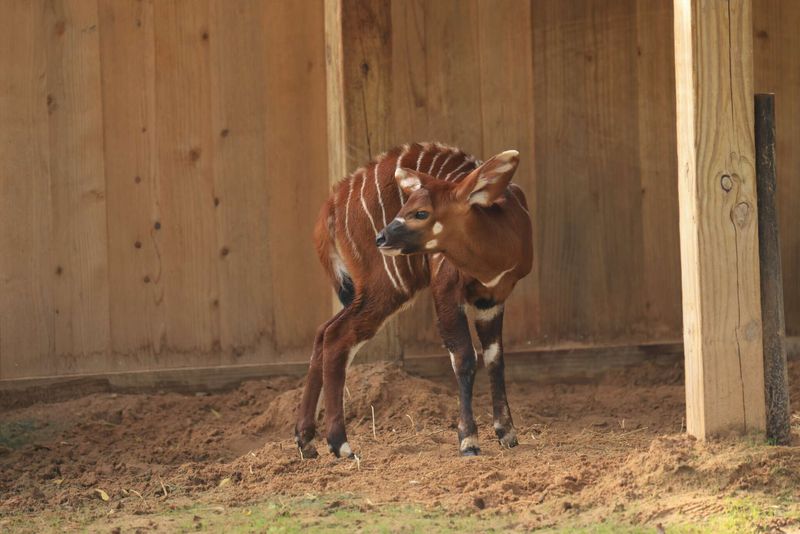
Geneticists carefully track each bongo birth, mapping bloodlines to maintain diversity. The Houston calf carries unique genetic material that strengthens the overall captive population.
When a species dwindles to fewer than 100 wild individuals, genetic bottlenecks become a serious concern. Inbreeding can lead to health problems and reduced adaptability. That’s why zoo professionals celebrate each healthy birth as a crucial victory in the race against extinction.
13. A Symbol Of What Conservation Can Achieve
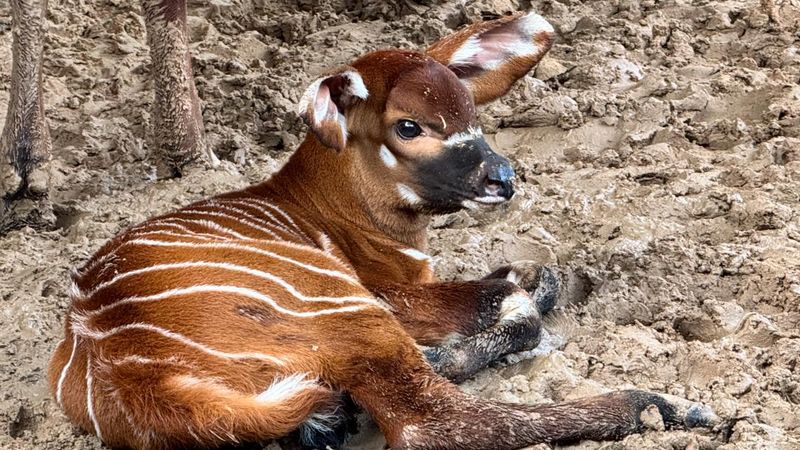
The Houston Zoo’s bouncing baby bongo represents hope in action. Fifty years ago, conservationists feared bongos might vanish entirely. Today, coordinated breeding programs maintain a healthy insurance population.
Similar efforts have brought species like the California condor and black-footed ferret back from the brink. The adorable calf reminds us that with science, dedication, and public support, even the most endangered animals can have a fighting chance at recovery.



